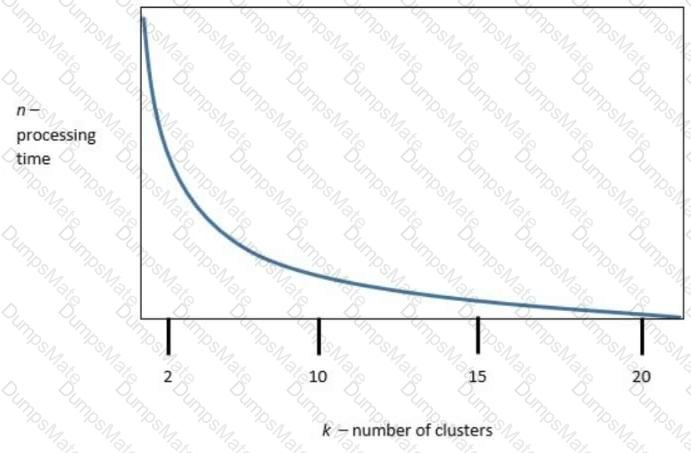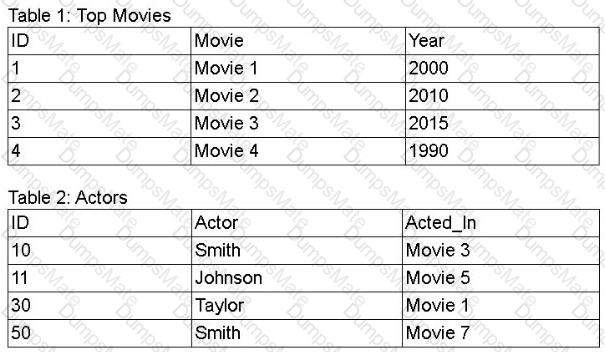The scenario provided describes a modeling problem with the following characteristics:
A single continuous predictor variable (independent variable).
A continuous real-number dependent variable.
The relationship between the variables appears strong and linear, as observed from the scatter plot.
The predictor variable is normally distributed with minimal outliers.
The goal is to maintain interpretability in the model.
Based on the above, the most appropriate modeling technique is:
Linear Regression: This is a statistical method used to model the linear relationship between a continuous dependent variable and one or more independent variables. In simple linear regression, a straight line (y = mx + b) represents the relationship, where the slope and intercept can be easily interpreted. This method is preferred when the relationship is linear, the assumptions of normality and homoscedasticity are satisfied, and interpretability is required.
Why the other options are incorrect:
A. Logistic Regression: This is used when the dependent variable is categorical (e.g., binary classification), not continuous. Therefore, not suitable for this case.
B. Exponential Regression: Applied when the data shows an exponential growth or decay pattern, which is not implied here.
D. Probit Regression: Similar to logistic regression but based on a normal cumulative distribution. Used for categorical outcomes, not continuous variables.
Exact Extract and Official References:
CompTIA DataX (DY0-001) Official Study Guide, Domain: Modeling, Analysis, and Outcomes:
“Linear regression is the most interpretable form of regression modeling. It assumes a linear relationship between independent and dependent variables and is ideal for inferential modeling when interpretability is important.” (Section 3.1, Model Selection Criteria)
Data Science Fundamentals, by CompTIA and DS Institute:
"Linear regression is a robust and interpretable statistical method used for modeling continuous outcomes. It provides coefficients which help in understanding the strength and direction of the relationship." (Chapter 4, Regression Techniques)






